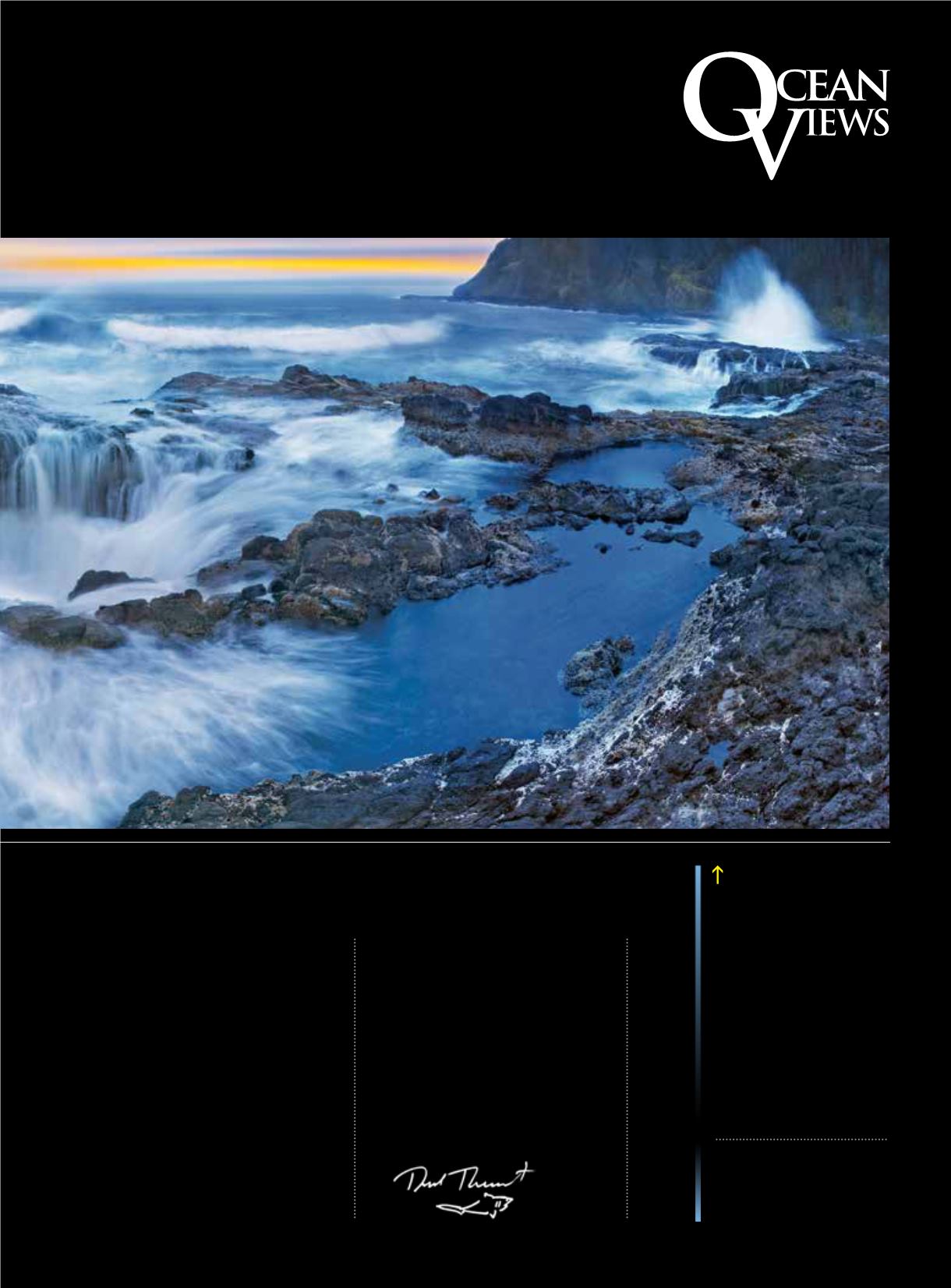
|
93
and good shooters into great shooters.
Historically on a typical
National Geographic
assignment I used to take 500 rolls of film,
eight housings, eight cameras and 16
different lenses and a set of backups. The
excess baggage fees were blood curdling.
All eight cameras would go into the water
and come out with a maximum of 288
frames total. I would not see the film for
three months. Now I can see the images in a
millisecond and make decisions about them.
Now we learn from our mistakes instantly —
not just from our single-frame triumphs. The
immediate feedback has changed the game
for all of us. It has raised the bar to new
technological heights, but true creativeness
still belongs to the individual brain and eye.
Our photographic IQ has quintupled in a
decade; images are stronger, say more and
are more sophisticated. A picture has about
two seconds to grab a viewer’s attention, but
it has to have more than a strong subject.
It has to have the illusive edge of art. Like
music, pictures are a universal language
we all can understand. They have power to
honor, humiliate, convince the unconvinced,
and they have the power to create change.
Keep shooting,
David Doubilet
2ND PLACE
Into the Blue
Cape Perpetua, Oregon, USA
By Craig Bill
My favorite of Cape Perpetua’s
unique water features is Thor’s Well,
also called the Pacific Gateway to
the Underworld. The weather was
challenging that day, but the water’s
energy was on full display. I clicked
one exposure after another, wiping
my lens often, before wind and rain
finally brought an end to the shoot.
(See the video at
/
JPdAFidXbps.)
Sony A77, 24-105mm f/3.5-4.5 lens
at 24mm, 1-3 secs @ f/22, ISO 500,
Hoya filters (CP, ND8, ND4), Benro
tripod, remote IR release, Gitzo ball
head, EZ leveler;


